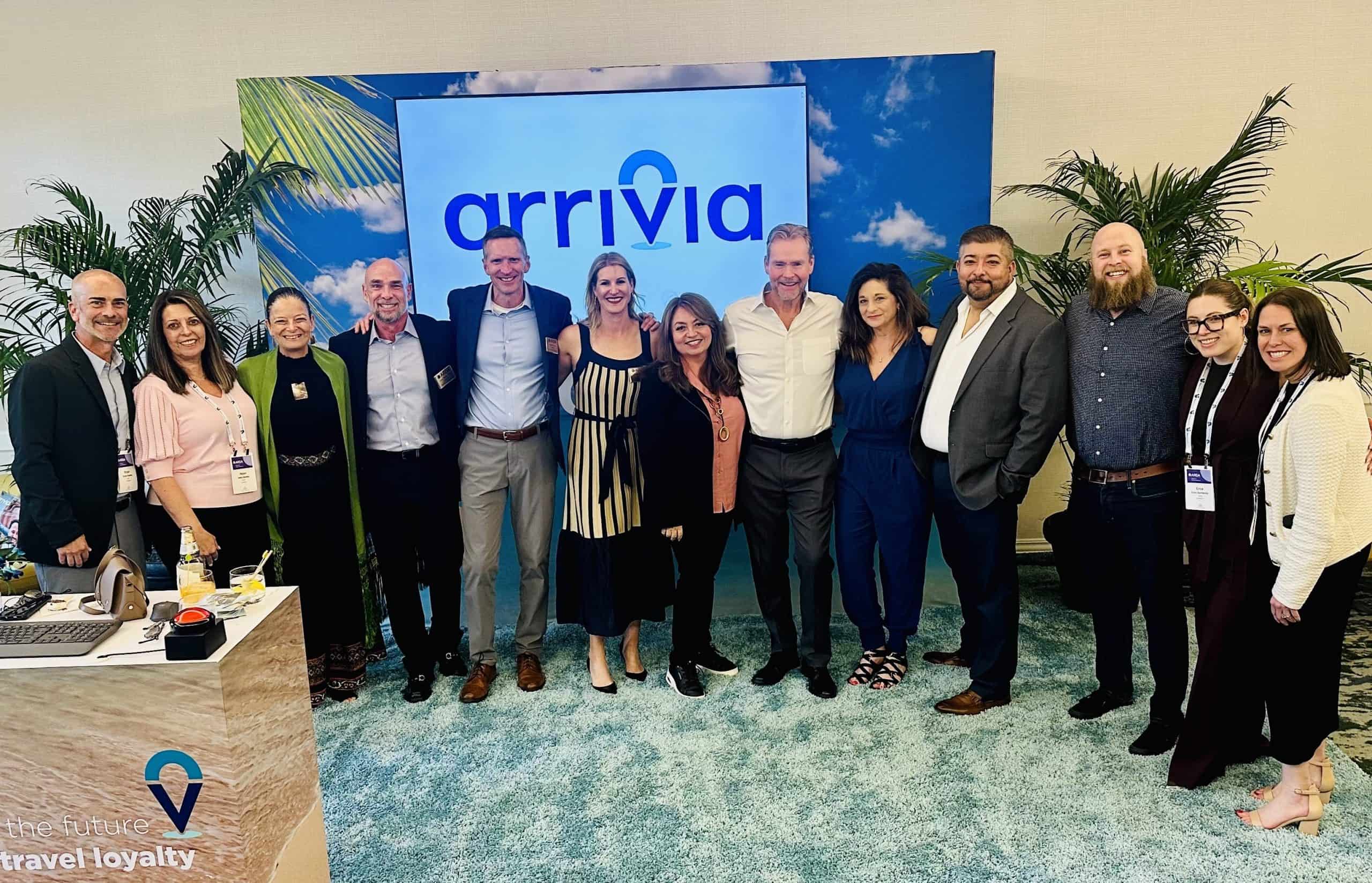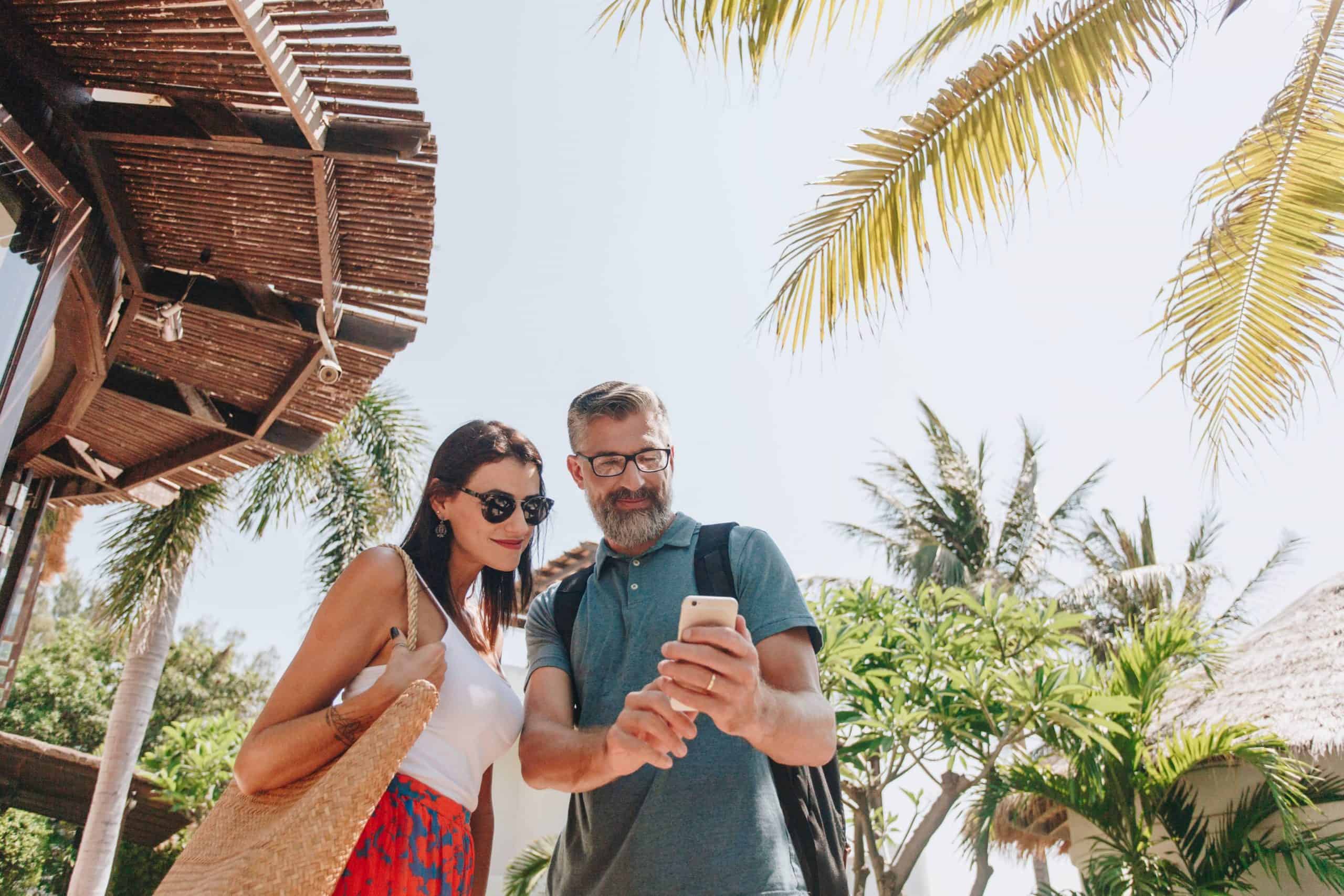Who doesn’t love to get rewarded for playing a game? Gamification is the application of elements typically found in games — such as points, competing with others, challenges and leaderboards — to non-gaming activities. If you’ve ever played Candy Crush or a similar game, you have experienced the fun of earning points or coins and “leveling up” to become the best of the best. Gamification uses those elements in marketing, and it is a technique frequently found in loyalty programs.
The Power of Loyalty Program Gamification
Gamification adds an element of excitement and entertainment to the loyalty membership experience, which results in increased engagement and motivation. Gamification encourages members to actively participate in program activities, leading to higher levels of loyalty and advocacy. Gamification also allows for the collection of valuable member data, which can be used to personalize rewards and offers.
Loyalty programs that have effectively implemented gamification include Starbucks’ “Star Dash” challenge and Nike’s “NikePlus” app. The Starbucks app is a huge part of Starbucks’ marketing strategy, and Starbucks has been the top mobile-payment app through 2022. Starbucks integrates its reward program through the app, where users earn stars for every dollar spent. Hitting a certain number of stars earns a free item, and “Star Dash” challenges allow users to earn extra stars. A typical Star Dash might ask users to try several different breakfast items over a certain span of days or to make purchases at a store during a designated less-crowded hour of the day several times within a week.
Nike expanded its NikePlus loyalty program to let members earn free Apple Music subscriptions, exclusive playlists, early access to new products, on-demand exercise training, and other personalized promotions for completing suggested workouts or buying products. NikePlus members can also unlock content on the Headspace app for guided meditation and mindfulness and gain credits from the ClassPass app for guided workouts.
These examples demonstrate how gamification can drive member participation, increase spending, and foster a sense of achievement and exclusivity.
Focus on creating meaningful and relevant game mechanics that align with your brand and resonate with your target audience. Incorporate elements such as points, badges, leaderboards, and challenges to motivate members and provide a sense of accomplishment. Regularly update and refresh the gamified elements of your loyalty program to maintain member interest and excitement.
Leveraging Technology for Effective Gamification
Technology enables the seamless integration of gamified features into your loyalty program, making it easy for members to participate and track their progress. It also allows for real-time monitoring and analysis of member behaviors, facilitating personalized rewards and targeted communications. Technology solutions like mobile apps, gamification platforms, and data analytics tools can enhance the effectiveness of loyalty program gamification.
Technology solutions for loyalty program gamification showcase innovative technology solutions that can support gamification efforts. Some gamification platforms like Bunchball and Badgeville, mobile apps with built-in game mechanics, and data analytics tools all track member engagement and performance.
How can you leverage technology for loyalty program gamification? Invest in user-friendly and intuitive technology platforms that provide a seamless and enjoyable member experience. Utilize data analytics to gain insights into member behaviors and preferences, allowing for personalized gamification strategies. Then, continuously monitor and analyze the effectiveness of your gamification efforts using technology tools to optimize member engagement and program performance.
Best Practices for Implementing Loyalty Program Gamification
Implementing gamification in loyalty programs requires careful planning and execution to ensure its effectiveness. Here are some best practices to consider when implementing loyalty program gamification:
Clearly define your objectives
Identify specific goals you want to achieve through gamification, such as increasing member engagement, driving repeat purchases, or enhancing brand loyalty. This will guide your strategy and help you design game mechanics that align with your objectives.
Understand your audience
Gain insights into your target audience’s preferences, behaviors, and motivations. This will allow you to tailor the gamification elements to their interests and create a more personalized experience that resonates with them.
Design meaningful rewards
Offer rewards that are meaningful and relevant to your audience. This can include exclusive discounts, access to VIP events, free products or services, or special experiences. Make sure the rewards are enticing and provide real value to members.
Provide clear instructions and feedback
Ensure that the game mechanics and rules are easy to understand and communicate them clearly to members. Give timely feedback and updates on their progress to keep them engaged and motivated.
Continuously iterate and improve
Regularly analyze the data and feedback from your gamified loyalty program to identify areas for improvement. Adapt the game mechanics, rewards, and challenges based on member feedback and changing preferences to keep the program fresh and exciting.

Arrivia: Your Partner in the Loyalty Program Space
Arrivia offers expertise for loyalty programs, including a wide range of customizable solutions to help organizations engage members through fun and rewarding experiences. Explore arrivia’s suite of tools, services, and data analytics solutions — all designed to enhance member engagement and drive loyalty. With arrivia’s expertise and support, organizations can captivate members and achieve long-term success.
To learn more about how arrivia can help your organization leverage loyalty program gamification to engage members and drive loyalty, visit our website and request a demo today.




